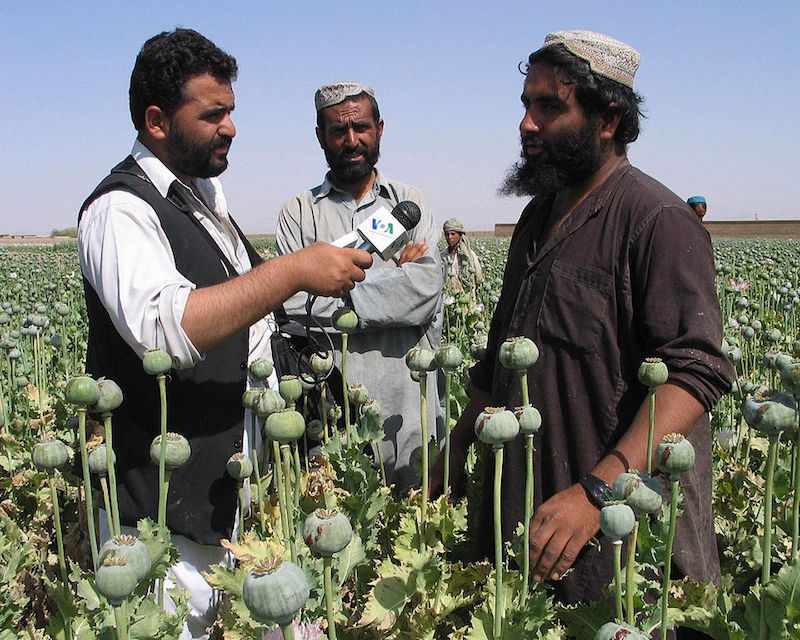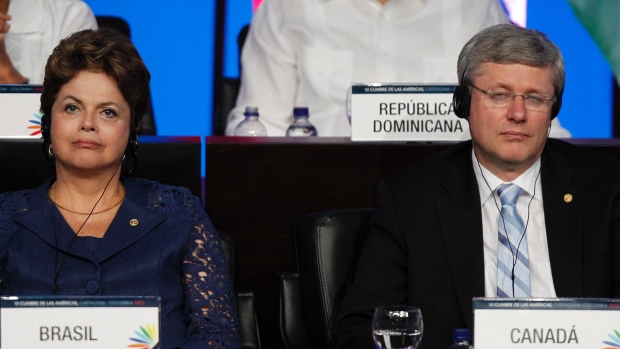For decades, the Golden Triangle, made up of a mountainous region spanning Myanmar, Laos, and Thailand, and the Golden Crescent, a mountainous area of Iran, Afghanistan, and Pakistan, have dominated the global opioid market. Opioid production in the Golden Crescent has increased tremendously since the 1980s, and Afghanistan has emerged as one of the major players in the global markets of opium and heroin. Afghan opioids have caused public health crises and had a destabilizing effect on neighbouring countries. Despite the efforts of both domestic and foreign counternarcotics agencies, the illicit opioid market continues to flourish in the country. However, regional counternarcotics agreements have increased in recent years, presenting a glimmer of hope in the fight against the drug trade.
Of the estimated 450 tons of heroin that enter the illicit global drug market annually, approximately 380 tons of heroin and morphine are produced from Afghan opium, and an additional five tons are consumed within the country itself. In 2016, Afghanistan’s poppy fields spanned 201,000 hectares, a 10% increase from the previous year. The nation’s overall opium production rose by 43% to 4,800 metric tons between 2015 and 2016, and the average opium yield per hectare increased by 30%. Significant increases were also seen in the Northern region of the country, which saw a 324% increase in opioid cultivation from 2015.
The increase in Afghan opioid farming has had a significant impact on drug use around the world, and has reached various regions through major trafficking routes. Through the ‘Balkan Route’, heroin is often trafficked to Pakistan, then makes its way through Iran, Turkey, Greece, Bulgaria, and across Southeast Europe, until it reaches the Western European market. This route is the most important conduit for heroin trafficking and has an annual market value of approximately USD $28 billion, a figure which exceeds Afghanistan’s GDP.
Through the ‘Southern Route’, heroin travels from Afghanistan through Pakistan or Iran by sea to the Gulf region, Africa, South Asia, and the Oceania region.  Finally, through the ‘Northern Route’, which has a market value of approximately USD $13 billion per year, opioids are trafficked to Kazakhstan and then the Russian Federation by way of Tajikistan and Kyrgyzstan or Uzbekistan and Turkmenistan. As a result of this mass influx, Russia has seen one of the world’s fastest-growing HIV epidemics, with over 50% of known cases resulting from intravenous drug use.
Finally, through the ‘Northern Route’, which has a market value of approximately USD $13 billion per year, opioids are trafficked to Kazakhstan and then the Russian Federation by way of Tajikistan and Kyrgyzstan or Uzbekistan and Turkmenistan. As a result of this mass influx, Russia has seen one of the world’s fastest-growing HIV epidemics, with over 50% of known cases resulting from intravenous drug use.
In addition to supplying large European and Asian markets, Afghan opioids have satisfied demand in neighbouring countries, in turn, greatly destabilizing the region. Iran, for example, has a growing drug problem, which health ministry officials claim has become a national epidemic with an estimated 2.2 million drug addicts in a country of 80 million people. Pakistan is also facing a similar epidemic, with some officials suggesting that the country is the most heroin-addicted in the world per capita.
Under these circumstances, states in Central Asia and South Eastern Europe have not only strengthened their own domestic counternarcotics programmes, but have also agreed to increase coordinated regional initiatives to combat the drug trade under the auspices of the United Nations Office on Drugs and Crime (UNODC). Through the Regional Programme for Afghanistan and Neighbouring Countries, UNODC aims to build the counternarcotics capacity of states through various programmes that foster cooperation and information sharing.
One of these programmes, the Triangular Initiative, aims to unite Afghanistan, Iran, and Pakistan to increase combined efforts, as joint operations limit cross-border flows of narcotics. As part of the initiative, a Joint Planning Cell has been established in Tehran to facilitate intelligence sharing. The three countries have also identified locations on their shared borders to place Border Liaison Offices, a strategy which promises to allow for a rapid and coordinated inter-agency response to trafficking between the three states. Since their establishment in 2009, there have been 11 joint operations between the three countries, one of which, in March 2011, resulted in over three tonnes of drugs being seized.

Another regional initiative is the Afghanistan-Kyrgyzstan-Tajikistan (AKT) Initiative, which aims to strengthen the joint law enforcement capabilities of the three states and reduce the flow of narcotics in the Northern Route.
UNODC officials have also highlighted the need for a wider global network that connects regional intelligence and enforcement initiatives such as the Central Asian Regional Information and Coordination Centre (CARICC), the Joint Planning Cell, and the Doha-based Gulf Criminal Information Centre for Combatting Drugs. The continuation and expansion of such initiatives is an important step to combatting the trafficking of opioids from Afghanistan and the surrounding region.
Such interdiction efforts are a necessary step in any counternarcotics strategy. If paired with a strategy which addresses the socio-economic contributors to drug trade involvement, such as measures that provide alternative livelihoods for opium farmers and labourers, it is likely that Afghanistan’s trend of increasing opium production can be reversed.
Cover Photo: VOA reporter interviewing Afghan poppy cultivators. (2000s), by Voice of America via Wikimedia. Listed under Public Domain.
In-text Photo 1: Map of International Drug Routes (2009), by Central Intelligence Agency via Wikimedia. Listed under Public Domain.
In-text Photo 2: Documenting Drug Addiction in Kabul (2014), by Jordi Bernabeu Farrús via Flickr. Licensed under CC BY 2.0.
Disclaimer: Any views or opinions expressed in articles are solely those of the authors and do not necessarily represent the views of the NATO Association of Canada.




